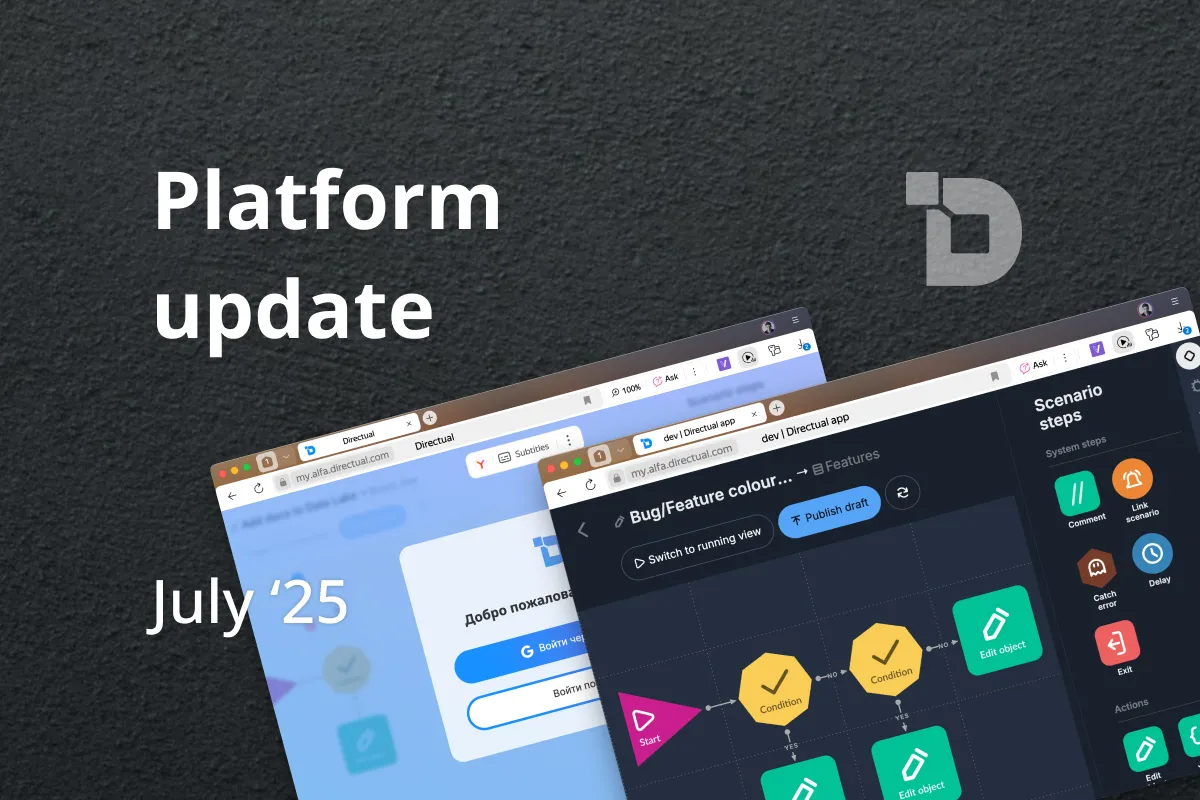Many recent technological advancements have allowed for more efficient processes throughout the business industry. There are digital communication systems, cloud storage applications, and even artificial intelligence software, to name a few. But one recent innovation is that of low-code technology. And despite being relatively new, plenty of sectors are already benefiting from its uses. It's so popular that Gartner predicts 25% of IT solutions will be built or run using low-code platforms by 2023. That being said, how exactly can low-code be used in different sectors? Here are some examples:
Healthcare
Low-code technology allows medical institutions to create a mobile application for their patients and tailor it to their desired specifications. They can customise the user interface and share medical information in such a way that's more easily accessible for their patients. Providing such information is important because patient education is an integral part of medical care. It ensures that patients and doctors are on the same page when it comes to their treatment. And when patients are aware of the nature of their condition as well as potential treatment options, they're more equipped to make decisions about their health.
Aside from providing access to information, low-code technology can also be used to configure applications to follow strict security guidelines. This protects the patient's data and keeps it private. Additionally, low-code tools can also implement other features, such as a form for scheduling appointments with a medical professional or an option to self-report symptoms. The biggest advantage of using low-code in healthcare is that it's a quick and simple way to build an accessible interface for all types of patients.
Data Analytics
Before low-code tools were available, organisations needed professionals to implement data analytics software and adapt it to current operations. Because of this, the demand for data analysts rose. Data analysts are the most well known career in data analytics as it is also a broad field with specialisations such as data mining, statistical analytics and machine learning. With low-code technology, organisations can create their own data management applications on their own — data experts become a useful resource but it is not a requirement. It allows even laypersons to program high-performing data analytics platforms. Low-code tools even allow for the implementation of AI systems, which further expedite data-related processes. This effectively reduces organisational costs and boosts productivity.
Education
Apart from building data management programs, low-code technology is also an excellent tool for building learning applications. With it, educators can create game applications, feedback programs, and even platforms for summative assessments. And these can boost student engagement, as it makes even remote learning arrangements more interactive. Low-code technology presents an accessible option for educators in the field who struggle with using digital tools. On a broader scale, it can also be used to optimise enrolment management systems and attendance trackers. This is more efficient than using legacy platforms, since low-code can potentially connect the new applications to existing digital systems. Essentially, low-code has a myriad of potential uses in the educational sector, and its flexibility in applications is a major benefit for educators.
Retail
Another industry where low-code technology has multiple uses is that of retail. Much like the healthcare sector, low-code tools can be used to build consumer applications used for shopping, ordering services, and customer service options. But apart from this, it can also be used to create applications for inventory management. Traditional pen-and-paper methods for tracking inventory are tedious and inefficient due to their predisposition to loss and error. But with low-code technology, retailers can digitalise their inventory tracking systems, making them easier to edit and access.
Low-code technology can even be used to create supply chain management systems. These can track delivery and transaction data. If centralised, then multiple retailers can keep track of the data and edit as necessary. Through these applications, retail businesses can spot and attend to issues long before they cause bottlenecks.
These are just some of the many applications of low-code tools. Its biggest advantage is its accessibility, even to laypeople, as well as its flexibility. This makes it an ideal option for organisations across different sectors of society.
















































